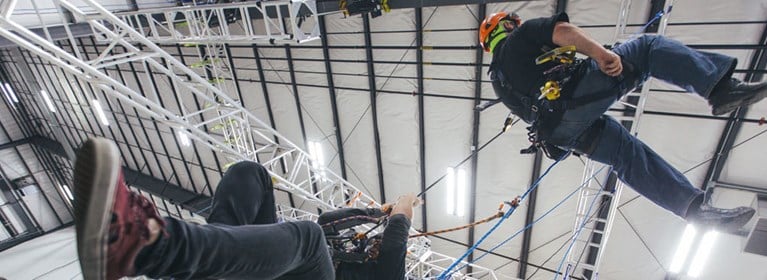
Will Limit Switches Work Properly if the Motor is Reverse Phased?
Hoisting & Lifting | Safety and Training | By Perry Bishop | Oct 07, 2015
 Joe, an outside sales and service representative for a Columbus McKinnon distributor and recent safety webinar attendee, asks the following question about limit switches:
Joe, an outside sales and service representative for a Columbus McKinnon distributor and recent safety webinar attendee, asks the following question about limit switches:
“Will limit switches work properly if the motor is reverse phased?”
Perry Bishop, Columbus McKinnon trainer and safety webinar presenter, answers:
When the up or down buttons are actuated, they pull in the proper contact for motor control, hence the up contactor or the down contactor. If the up or down buttons are actuated on a reverse-phased motor, the proper contact pulls in BUT the motor turns in the opposite direction.
If the up contact is in and the motor is headed in the down direction, it is going toward the lower limit switch. When the lower limit switch is activated the motor doesn’t stop because the lower contact is not controlling the motor – the upper contact is. This can lead to two problems:
1) Two-blocking, or running the chain completely out of the hoist, depending on the direction the motor is going
2) Tearing up the limit switch and possibly stripping the shaft
The UP button on the pendant should always be pushed first.
When discussing reverse phasing, it is critical that all customers (and installers) know that when activating the hoist for the first time, the UP button on the pendant should always be pushed first. By doing this, if the hoist is reverse phased, the hook will lower revealing that the motor leads are wired incorrectly. If the motor is phased properly, the hook will raise and the limits will function properly. Either way the potential for “two-blocking” is avoided.
In conclusion, limit switches will not work properly if a motor is reverse phased.
Want to learn more? View our Safety Webinar on “Understanding Hoist Control Circuits.”



 North America - EN
North America - EN


